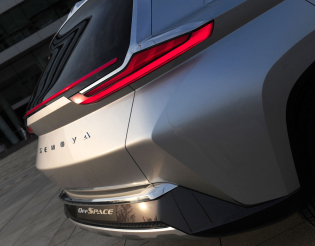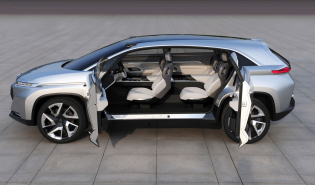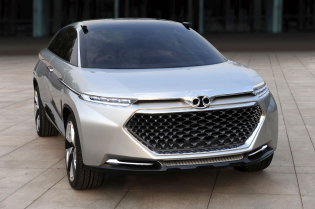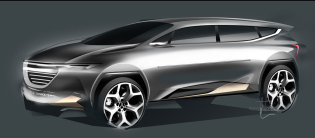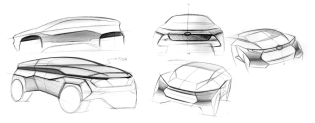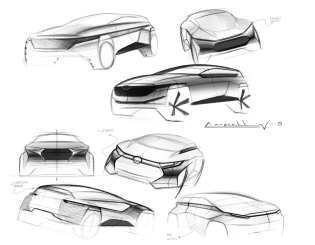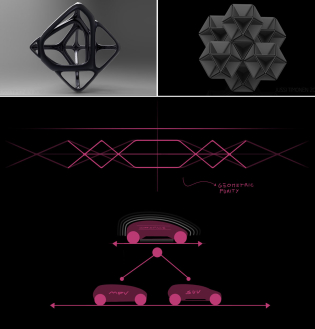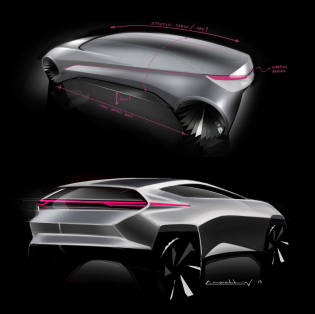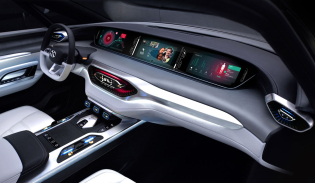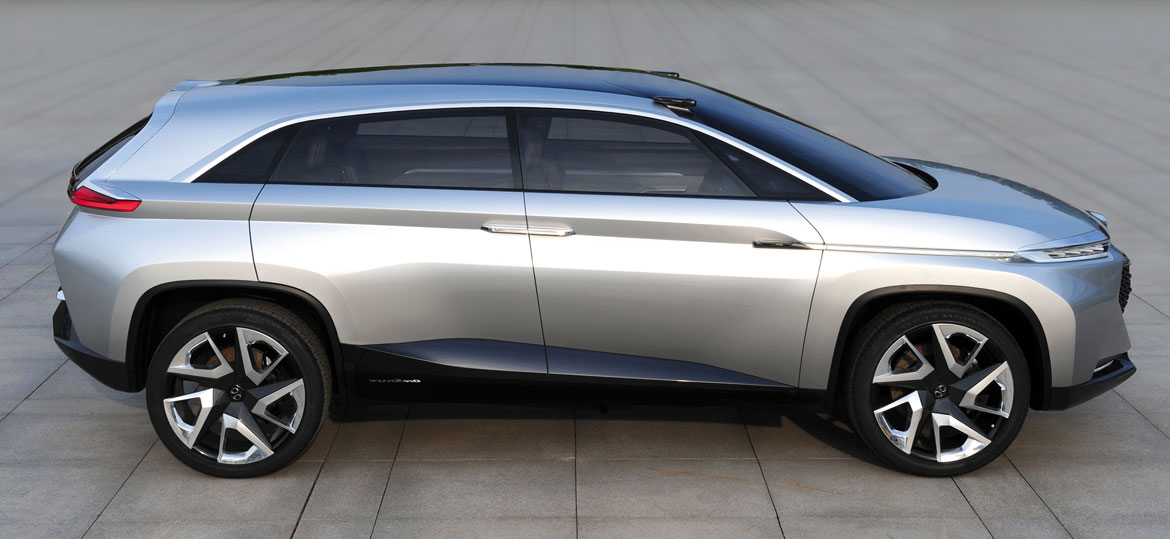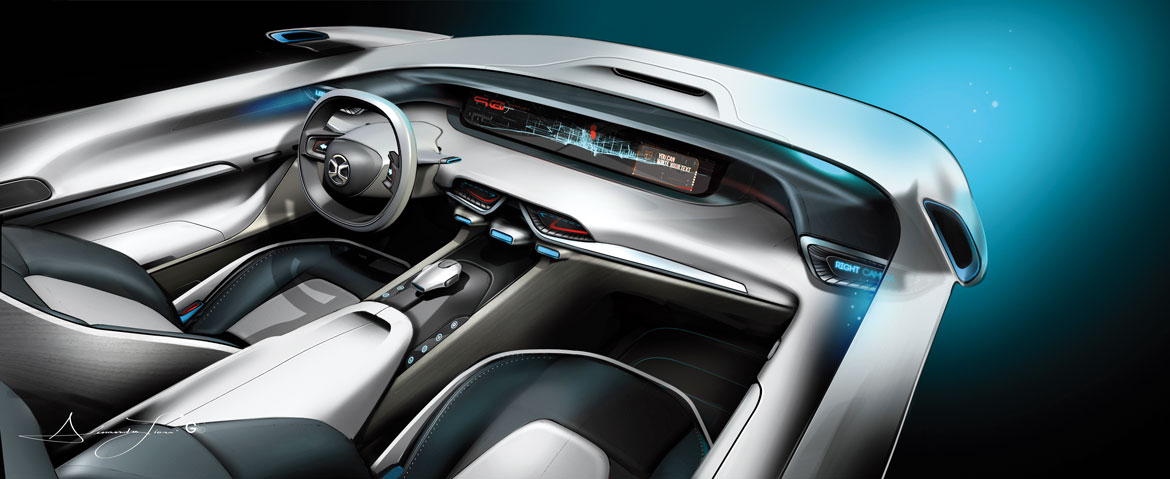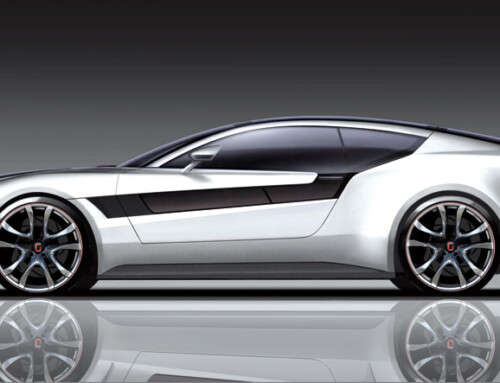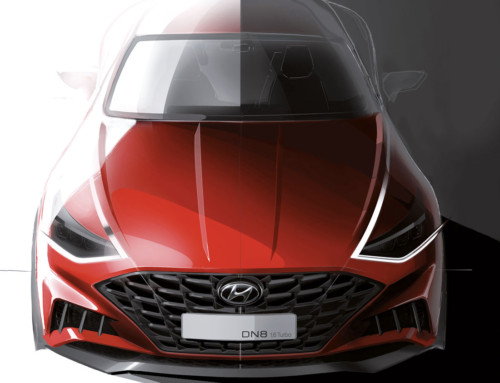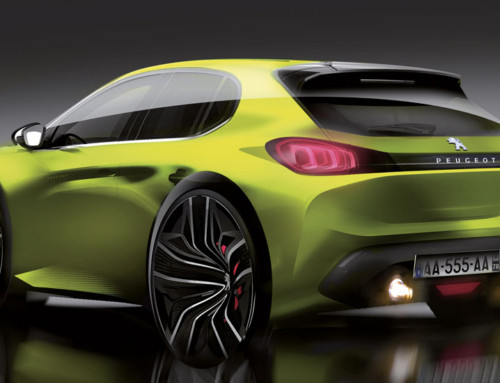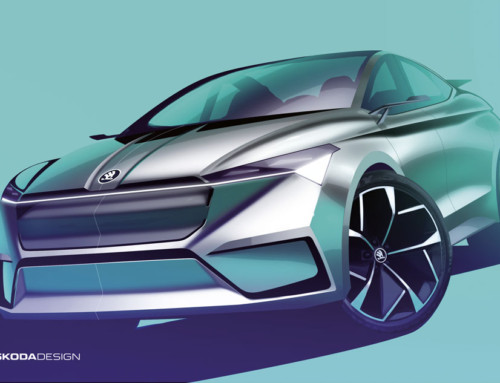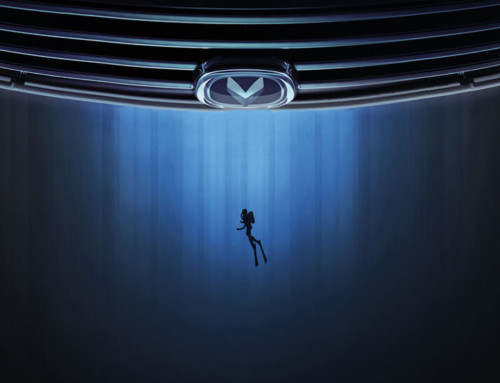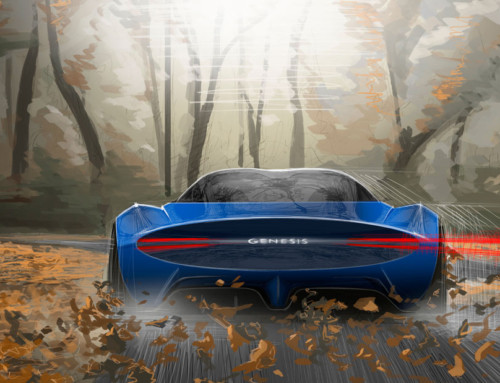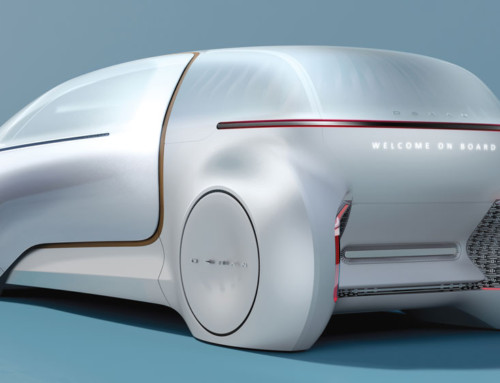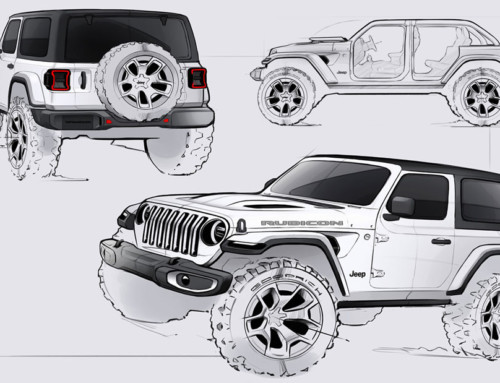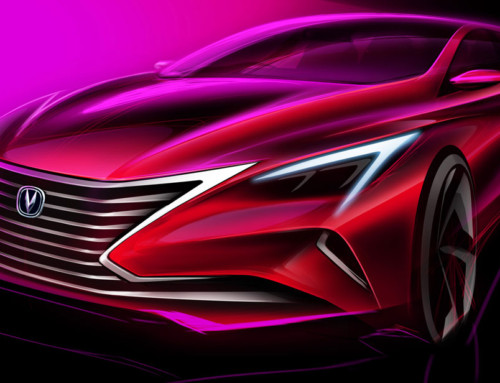SUVs are enjoying extraordinary success in China. But where will evolution have taken this trend in three or four years’ time? In answer to this question, and with a willingness to challenge concepts and methods that are, too often, considered set in stone, Lowie Vermeersch of Granstudio – the design house he founded in Turin in 2011 – and his design team embarked on a joint project with Baic Motor.
The result of this is the Senova OffSpace concept unveiled at the Beijing Motor Show. The project had a twofold mission: “It’s a study for both an identity for the Senova brand and for a new type of car. This is very different from simply tailoring a style for a package assigned by the client, as used to happen even just a few years ago” explains the Belgian designer, for whom an object and its context can never be considered separately.
So what exactly makes the OffSpace concept so special and different? It’s a crossover addressing the new trends devel- oping in China, where alongside a penchant for sport utility vehicles, the needs of families are now changing, generating a demand for cars suitable for larger groups of people. “Theirs is a dynamic culture, which is not keen on products that are too standardised”, continues Vermeersch, “which is why we asked – and were granted free rein – to work on a specific platform, letting us define new proportions around a six seater interior.”
The architecture devised by the OffSpace team has a cab- forward configuration without being a single-box MPV, measures a little under 5 metres in length (with a wheelbase of approximately 3 m), 2 m in width and 1.65 m in height, and is structured in two distinct levels: at the top is a dynamic glasshouse with an attractive, light profile, while the part below the beltline is decidedly sturdy, giving the car a dominant road presence and a sense of protection in city traffic.
Opening the coach doors reveals the coherence with which the forms of the exterior have been carried into the cabin, which is extremely modern in both style and the choice of materials. “The starting points for the interior were ergonomics and the digital interface, which has now become the heart of the contemporary car” explains interior designer Alessandro Fiori,who worked together with Rocco Carrieri.
The dash is effectively a single screen split into three zones, which can be reconfigured by the user according to the same, now commonplace principles we use to organise and access apps on a smartphone. The user interfaces via a touchpad and with a few gesture commands.
Schopenhauer’s Veil of Maya inspired the styling choices for the interior: with the aggressive traffic of Beijing representing pri- mordial nature, the harsh reality filtered out within the interior of the car. In an almost dissonant treatment, the same horizontal lines that embody the physicality of the car’s exterior express space and relaxation in the interior, creating a sense of serenity in the use of an interface that has shed physicality to become immaterial.
Full article in Auto&Design no. 219
